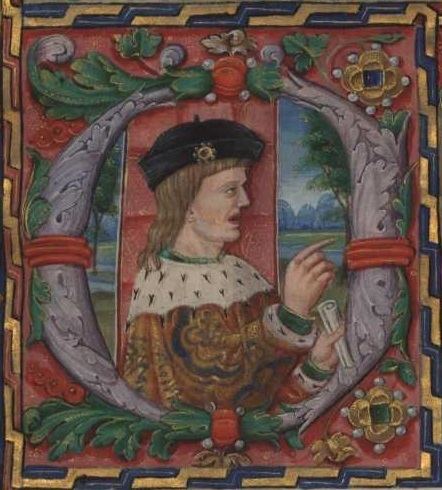 | ||
Portuguese customary units were used in Portugal, Brazil and other parts of the Portuguese Empire until the adoption of the metric system in the 19th century.
In 1814, Portugal was the second country in the world – after France – to officially adopt the metric system. The system then adopted used the Portuguese traditional units designation instead of the original French ones (e.g.: vara for metre; canada for litre; and libra for kilogram). However, several difficulties prevented the implementation of the new system and the old Portuguese customary units continued to be used, both in Portugal and in Brazil (which meanwhile had become an independent country in 1822).
The metric system was finally adopted by Portugal and its colonies in 1852, this time using the original names of the units. Brazil replaced Portuguese customary units with the metric system only in 1862.
Length and weight standards of Portuguese customary units were defined, at national level, in the reign of Manuel I of Portugal in 1495. The remaining units were different from one region to another, but did not vary greatly from those established for Lisbon.
